‘An artistic sleeping giant’: Inside Derby’s bid to become the next UK City of Culture
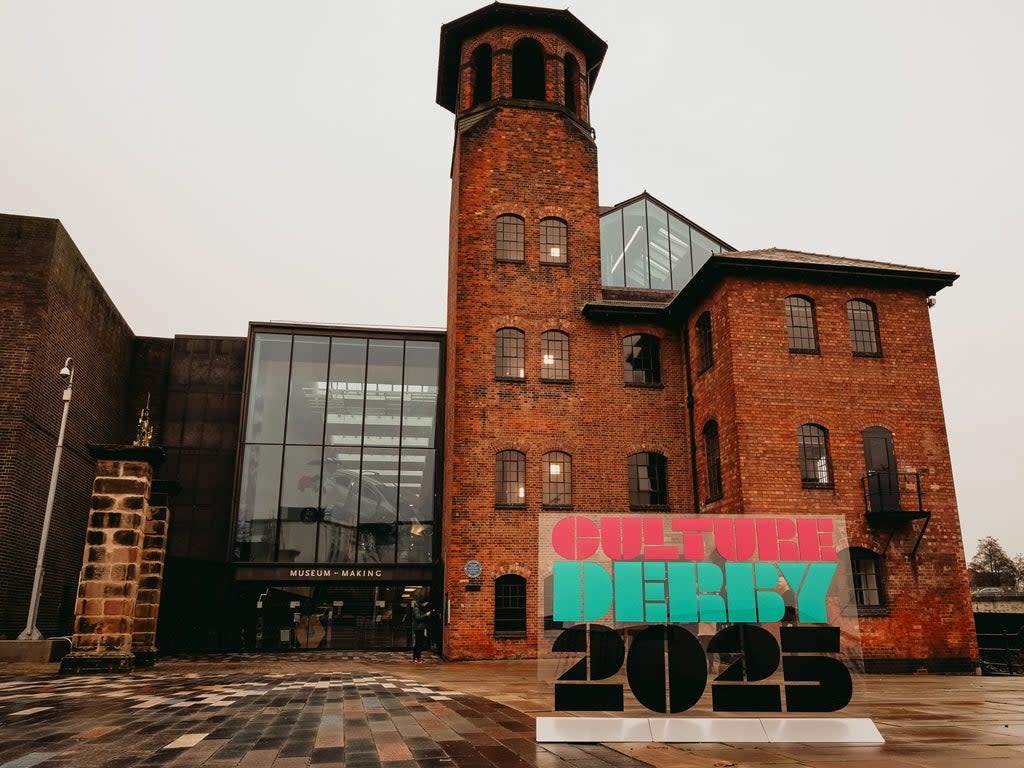
“Artistically, Derby’s like a sleeping giant. There’s lots of stuff going on but it’s all under the radar – we’re not very good at shouting about what we do.”
Sculptor April Young speaks thoughtfully as she shows me the piece she’s gradually creating in her makeshift workshop on trendy Sadler Gate, a pedestrian street peppered with vegan cafes and indie boutiques in the city’s thriving Cathedral Quarter.
We gaze in silence upon her work: a network of brightly coloured plaster butterflies in varying sizes, connected by branch-like protrusions. From afar, they look merely pretty. Up close, you can see that the wings are emblazoned with photographs and scraps of writing: she’s asked locals to provide their enduring memories of Derby so that they can be incorporated into the installation.
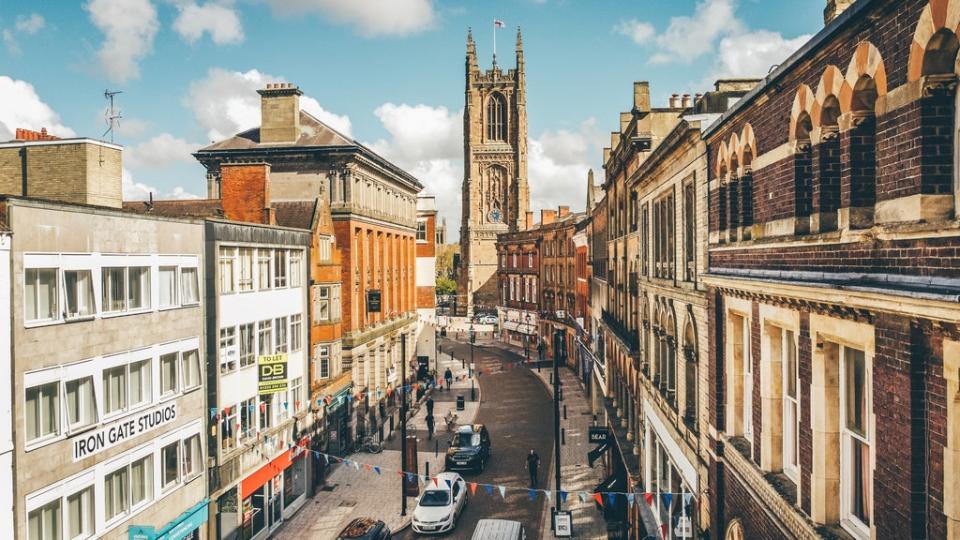
“It makes it community and grassroots-led without looking too homemade,” she says of the piece, made possible thanks to a grant from Derby’s Vibrancy Fund, a pot of £250,000 dished out to local artists to create projects that will enhance the city centre. Her work will adorn the street outside the workshop when completed, either curling over the doorway or arching across to the shop opposite.
Like most art, April’s work is made to be appreciated on different levels. Context-free, it can simply be enjoyed as something visually lovely; but beneath the seeming frivolity of colourful wings lies a much deeper symbolism. The concepts of transition and metamorphosis inspired the piece, reflecting the way in which Derby itself has been radically changing, both culturally and in terms of its ethnic make-up, during the 12 years she’s lived here.
Speak this Derbyshire city’s name aloud to anyone but locals and they might make a face at worst, and shrug at best. It is often seen as a place to pass through on the way to somewhere better – an impression that’s galvanised by the numerous showier destinations that sit in close proximity.
There’s a history of getting your hands dirty and making stuff, but not shouting about it
Adam Buss, City of Culture bid director
“We’ve lived in the shadow of the bigger cities around us for years – Manchester, Sheffield, Birmingham, Nottingham, Leicester,” says Adam Buss, the man who’s trying to change all that by launching a bid for Derby to become the next UK City of Culture in 2025. The title – and accompanying £15m government investment – has done a sterling job of turning around the fortunes of previous winners Hull (2017) and Coventry (2021).
“I’m from the south, and I’m used to people celebrating and showing off about things they do well. When I came here it felt like a completely different culture; it was described to me as ‘We make it, other places talk about it.’”
Part of this attitude can be traced right back to the industrial revolution of the 18th and 19th centuries. “We’ve always been a place of manufacturing: planes, trains, automobiles,” says Adam. “There’s a history of getting your hands dirty and making stuff, but not shouting about it.”
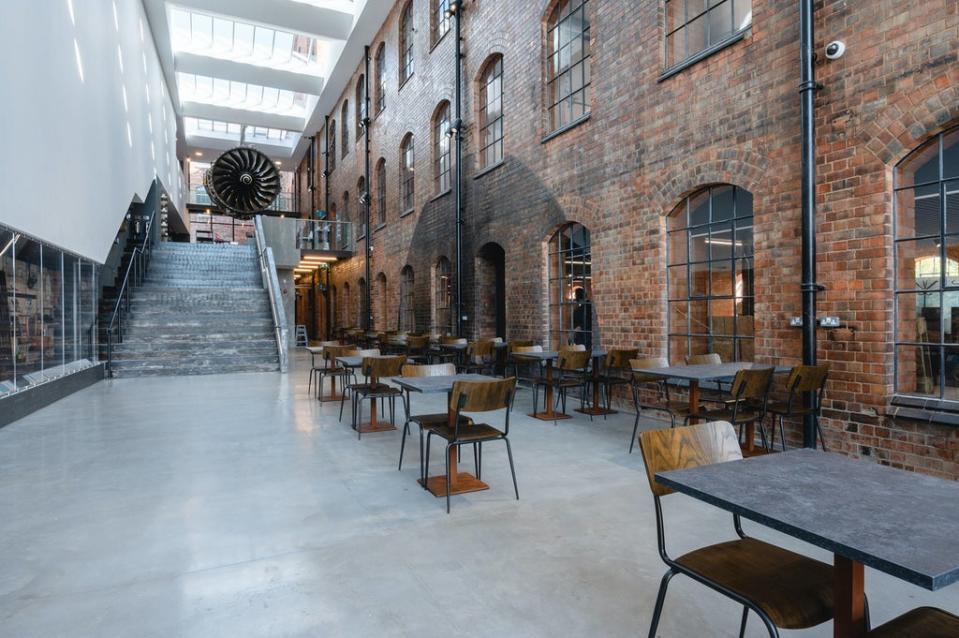
It’s a tradition that continues to this day – both the “making stuff” and the “not shouting about it” (though the City of Culture bid has already prompted a mental shift on the latter). For a small city it packs a hell of a manufacturing and engineering punch: Rolls-Royce makes its world-famous, cutting-edge jet engines here; Canadian transport company Bombardier builds trains; and Japanese car manufacturer Toyota employs thousands to produce Corollas at the nearby Burnaston facility.
I learn all about this, as well as the city’s rich industrial heritage, at Derby’s Museum of Making, which reopened in May 2021 after undergoing a dazzling £17m refurbishment. The shiny new facilities are fittingly based in Derby’s old silk mill – the world’s very first factory, which recently celebrated its 300th anniversary. Inside is stacked with exhibitions connected to Derby’s past and present as a centre of all things “making”. Favourite bits include the Assemblage – a kind of open storage room where tens of thousands of objects are on display, grouped by their primary material and catalogued in a searchable database – and a temporary exhibit called Cabaret Mechanical Theatre, a collection of 30 whimsical automata from 12 contemporary artists, which is on display until 13 March.
What sets the museum apart from similar attractions is the emphasis on interactivity – there are practical engineering exhibits everywhere you look, just begging to be played with, while workshops on everything from metal fabrication to beginners’ woodwork take place on a regular basis.
I think the active choice to make things slowly makes the work more important, more worthwhile
Katie Sims, designer and maker
I take the opportunity to have a go on the hand loom, under the experienced tutelage of textiles guru Katie Sims, the museum’s resident maker. I feed the shuttle back and forth, first feeling unskilled and clumsy, but soon settling into a calm, meditative state.
“I think the active choice to make things slowly makes the work more important, more worthwhile,” says Katie as she shows me her pocket-sized studio, filled with beautifully intricate woven swatches of her own designs. “People do it for all sorts of reasons; it can be therapeutic…”
I can certainly see the appeal, although her own hand loom, complete with 16 shafts to enable a mind-blowing number of different designs, is mildly terrifying. But clearly it’s worth taking things slowly: you can feel the love and quality that’s gone into the work, from an exquisite marshmallow pink and white quilted sample to a robust shawl that was a month in the making (and for which she dyed the threads herself).
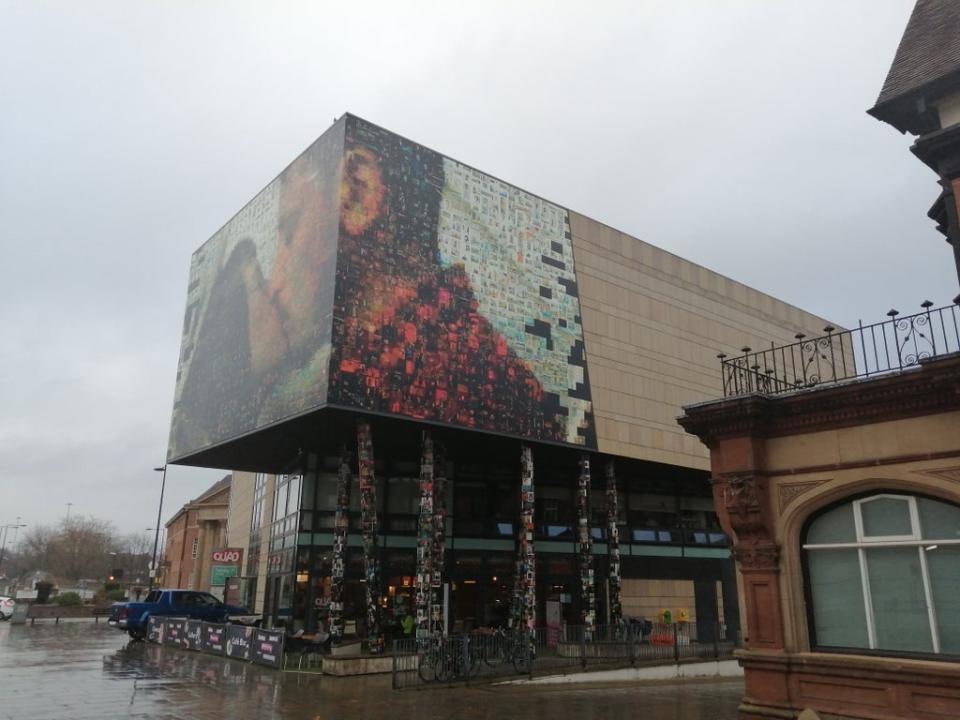
Katie epitomises the kind of quietly dignified but burning passion I come to associate with the people and arts projects I encounter during my weekend in Derby.
I see it in Louise Fedotov, artistic director of contemporary arts complex Quad and the director of Derby’s biennial photography festival Format, the UK’s leading international photography event (who knew? Another example of Derby hiding its light under the proverbial). She speaks with understated yet compelling authority of the festival’s latest iteration in 2021, which used cutting-edge tech to provide digital 3D galleries so that the work could still be displayed and enjoyed despite the constraints of Covid.
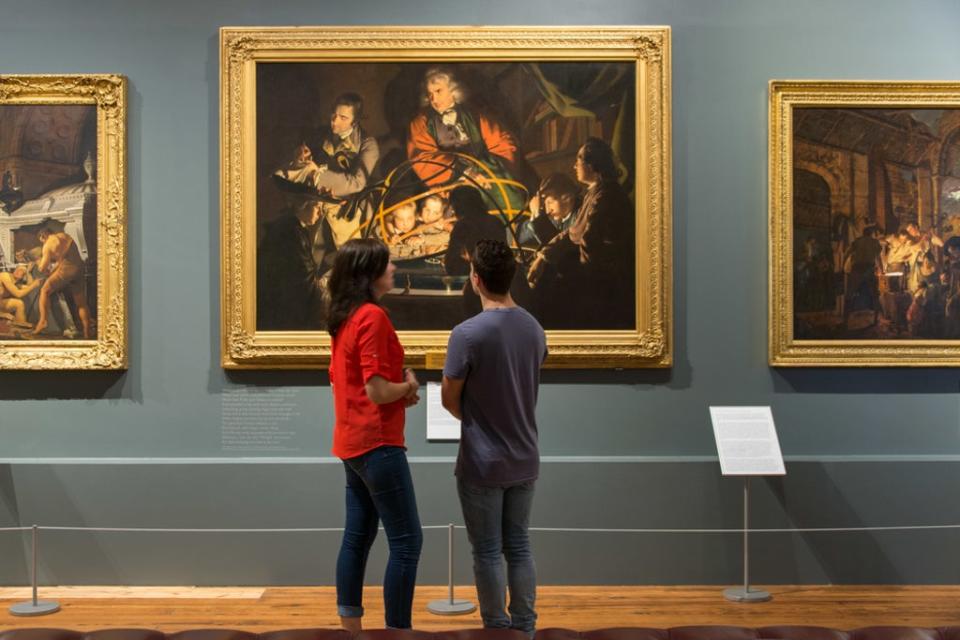
I see it in contemporary dance and movement space Déda, which, as well as offering classes and performances, puts on the annual street-art festival, Feste, managing to attract big-hitting visual artists like Tim Etchells – artistic director of groundbreaking experimental performance company Forced Entertainment – to contribute work.
And I experience it in spades at Derby Museum and Art Gallery, which houses the world’s biggest collection of paintings by the iconic 18th-century artist Joseph Wright. It’s supposed to be a self-guided tour but, after showing me up the stairs to the gallery, wiry-haired guide Nigel can’t help himself – he is lovestruck by Wright, and every time he tries to leave he gets distracted by the way the artist painted the folds of a piece of fine silk on a lady’s dress, or the way an invisible light source illuminates the figures standing around a model of the solar system with a rich, warm glow; the way the shadows tell as much of a story as the light. He speaks softly but with a fierce pride about the painter, who hailed from this small, unsung city, and who only now is gaining recognition as one of the greatest British talents of his age.
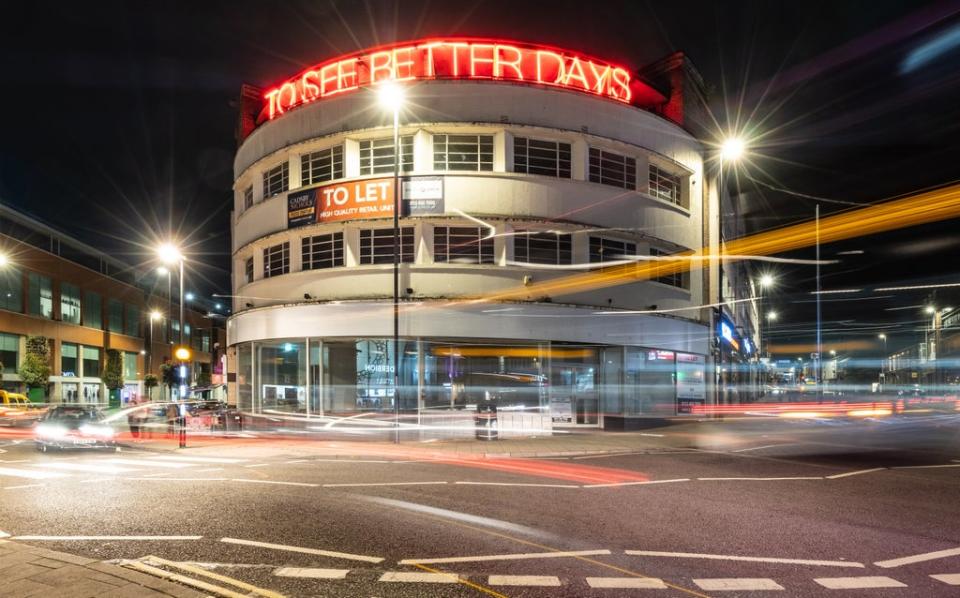
As I sip a flat white and snaffle sweet potato tacos at hip cafe-bar Bear, I think back to something Adam Buss said earlier that morning when I asked why Derby deserved to win the City of Culture bid over the other seven contenders (which include Bradford, Cornwall and Southampton). “If we win, it has to benefit the people of this city first and foremost. We will reach out and invite the world in – but when they’re gone, we want people in Derby’s lives to be changed for the better. We want to make Derby a great place to live, work and visit.”
Having experienced the last of these three before the bid’s even in, I can say with confidence that they’re already a good part of the way there – not that you’ll hear them bragging about it any time soon...

 Yahoo News
Yahoo News 
